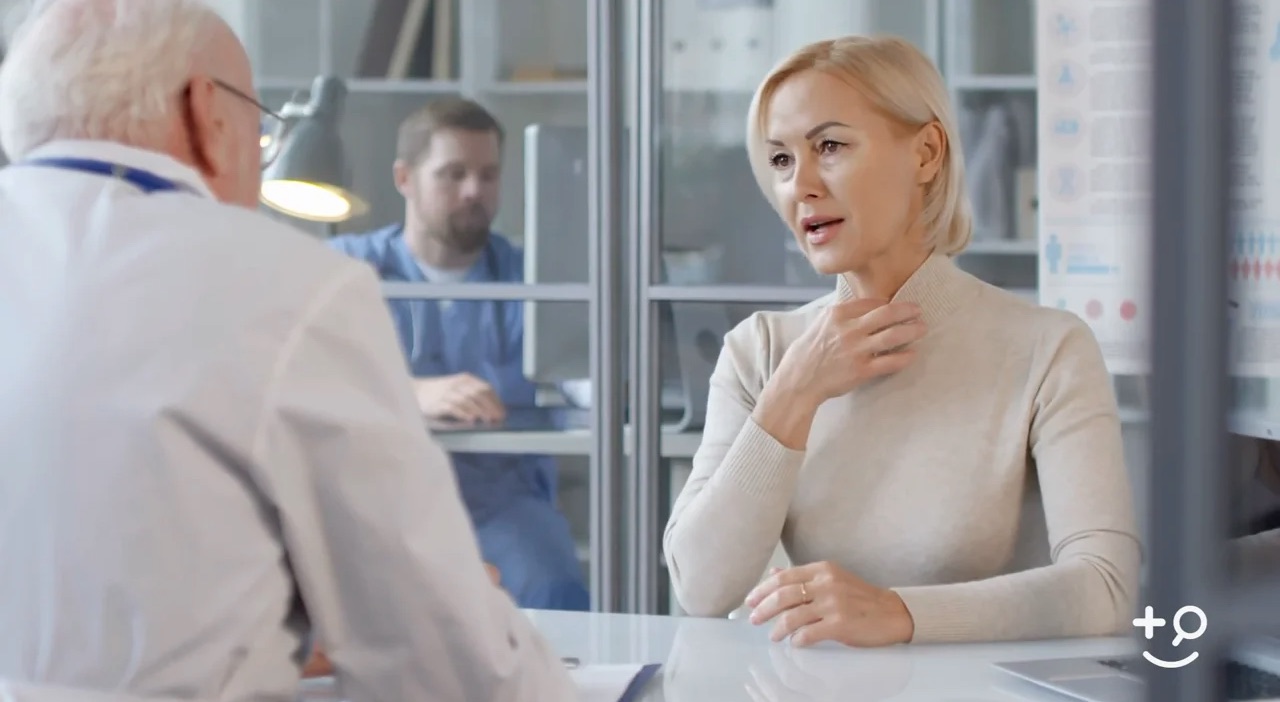The phrase “smoking kills” is familiar to significant portions of the world by now, and in many countries is legally required to be emplaced prominently upon all manner of tobacco products. Somewhat less well known, though, is that smoking can affect people in different ways: Two smokers who favor the same brand and consume the same quantity of cigarettes may eventually perish from them in two different ways.
Chronic obstructive pulmonary disease (COPD) and emphysema are two of the many harmful side effects of smoking, involving severe damage to the lungs and impairing the smoker’s breathing. Here’s what you need to know about each one.
COPD
This is a condition in which the walls of the patient’s airways have begun to close in on each other, leaving a smaller area through which the patient will be able to draw breath. Patients may find themselves experiencing mucus buildup, extreme shortness of breath, fatigue, and dizziness; in more extreme cases, signs of asphyxiation can set in. Eventually, COPD can cause death. Smoking can cause and/or exacerbate COPD; cigarettes, especially, leave tar-like deposits in the lungs, further occluding the already narrowed airways and making a bad condition that much worse.
Emphysema
Unlike COPD, in which the airways are constricted, this condition has to do with tissue not constricting enough. A lung contains organs known as alveoli, which look like microscopic balloons and serve to move oxygen into the bloodstream and take carbon dioxide out. Their ability to expand and contract is vital for this purpose, and they are naturally elastic for that reason; in an emphysema patient though, they lose elasticity. The tissues become limp, and barriers between the balloons may degrade entirely, leaving the patient with fewer and weaker alveoli, unable to cycle gasses as the body should be able to do. Although this affects different parts of the lungs, it too can cause shortness of breath, labored or noisy breathing, and fatigue or short-windedness and, in severe cases, this can lead to death.
Steps To Take
Both of these conditions are serious enough that one should take steps against them immediately. The first and most important step is to stop smoking, whether cigarettes or any other tobacco product. Consult a doctor about how to manage symptoms. Some of the treatments available are inhalers, supplemental oxygen therapy, and surgical intervention to repair the damaged tissues.
Conclusion
There is no known cure for either of these conditions; they entail serious and irreversible tissue damage to the lungs, meaning that the effects are felt for the remainder of life. Take action as soon as possible to prevent these conditions worsening, as they also represent a real threat to the life of the patient. Above all, avoid smoking as much as possible; if you find yourself unable to quit on your own, seek counseling to kick the habit. It is often both free and anonymous.
